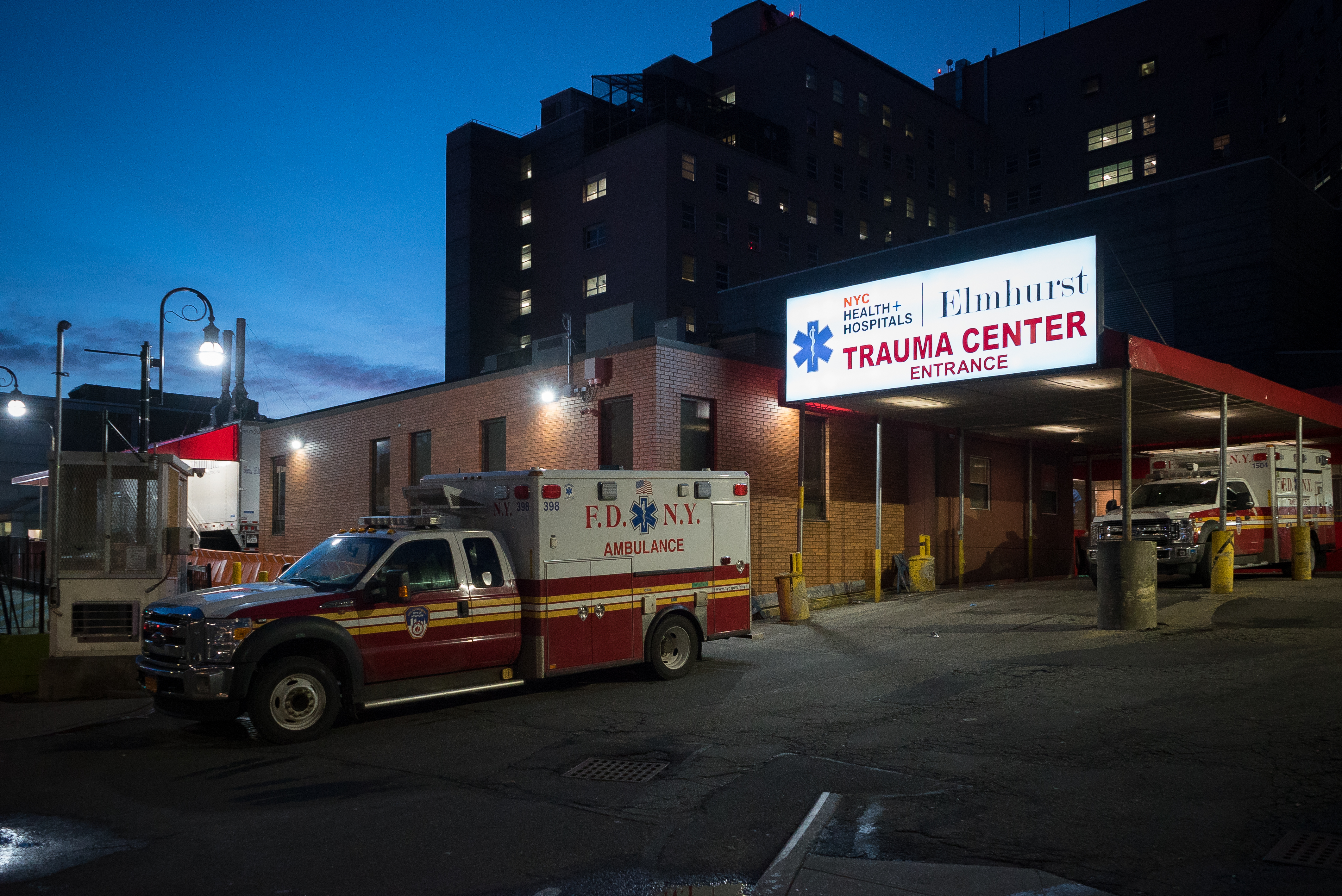Simplistic Preliminary Design
To estimate the water needs for your project, you will need to obtain an estimate for what your mechanical engineer needs in makeup water.

So, your firm has won the project, and it’s time to start the preliminary plumbing design for the building or buildings.
The new ground-up hospital (green build) will be a six-story, 600,000-square-foot, 260-bed, level-one trauma center. It will have 20 operating rooms, two magnetic resonance imaging machines, four CT machines, four X-ray units, a 30-bed emergency department with four trauma rooms, and another 200-bed future expansion.
A hemodialysis unit, a three-chamber hyperbaric unit for wound care, other support departments such as a laboratory and a central sterile or sterile processing department will be a part of these facilities. Other departments of importance will be the cafeteria/kitchen, internal care unit (ICU), neonatal ICU, obstetrics and a pre-op/post-anesthesia care unit.
Information-gathering is a priority:
• Gather the scope of work. If it is not available, ask to see the fee proposal; it typically defines the work to be completed.
• Gather all the codes you will be using, including the seismic zone if in one.
• Acquire or request a domestic water flow test (including water quality) as soon as possible. You might be able to get a flow test from the fire protection engineer; otherwise, you will need to make a few assumptions on water pressure and quality until it comes through.
• Determine what systems will be considered redundant.
• Will there be any future growth for the facility? The project infrastructure will need to be considered for the facility’s expansion in the future.
Calculating Water Needs
While gathering this information, you will need to evaluate the domestic water usage, as the civil engineer will need to prepare for line sizes and locations early in the design. The line sizes will be revisited and refined as the building gets more defined.
To estimate the water needs for your project, you will need to obtain an estimate for what your mechanical engineer needs in makeup water in gallons/day.
In addition to the mechanical makeup, Table 8-8 in the American Society of Plumbing Engineers (ASPE) “Design Handbook Wastewater Flows, Volume 2” includes a chart that can be used to determine how much water you may need for the hospital. This chart indicates a range from 132 to 251 gallons/day (gpd) per bed, with a typical of 172 gpd/bed for a hospital.
This 300 gpd/bed is also referenced in the ASPE out-of-print publication, “High-Rise Plumbing Design” by Alfred Steele. He estimates the average daily consumption between 235 gpd/bed and 300 gpd/bed (excluding mechanical). This means that your 460-bed hospital could use as much as 138,000 gallons of water each day. I found 300 gpd/bed to be a good average number for this facility size for starting early calculations.
The U.S. Environmental Protection Agency’s WaterSense program monitors water use at more than 960 hospitals around the country. Based on its data, the median hospital use of gpd/bed would be 315 gallons. The gpd/bed has been decreasing over the last decade, so it is important to understand the building to which you will be providing water.
The 300 gpd/bed (for plumbing) is good for larger facilities, but needs should be adjusted lower for smaller facilities (you will gain more finesse through time).
To estimate water usage early, we will take the bed count (260 beds + 200 future) and multiply the beds by 300 gpd.
(260 beds + 200 future beds) x 300 gpd = 138,000 gpd
Mechanical needs = 50,000 gpd
TOTAL = 188,000 gpd
The facility will be a 24/7 one, so we need to determine what a good average time of day would be for a peak time; in this case, we will use a 16-hour day.
188,000 gpd/16 hours = 11,750 gallons
11,750 gallons/60 minutes = 196 gallons/minute (gpm)
We can round up to 200 gpm for this conversation. Now you can estimate the size of the domestic water line that the booster pump needs to be based on estimated pressure. Remember, we will have a redundant supply, which will need to be coordinated with the civil engineer. We will revisit this sizing criteria once we obtain our flow test data and the water quality report.
For simplicity, use Figure 5-11 from the ASPE Design Handbook Volume 2 to determine a rough pipe size to serve our building. Based on a flow of 200 gpm and around 6 to 8 feet/second velocity, we can see that a 4-inch line flowing 200 gpm could see a 1.5 feet/second loss for every 100 feet.
You can now tell the civil engineer you need a 4-inch line to the building. Remember, you will need two sources of water serving the facility. You will want to evaluate the water service reliability to determine if a water storage tank may be advisable.
If a storage tank will be required, take your 188,000 gpd and multiply by the days expected to be without water service to the facility. You will want a tank capable of storing 752,000 gallons for a four-day supply. Consider how you will keep this tank moving and the water turned over to remain usable.
We will cover the emergency water storage tank next time.





